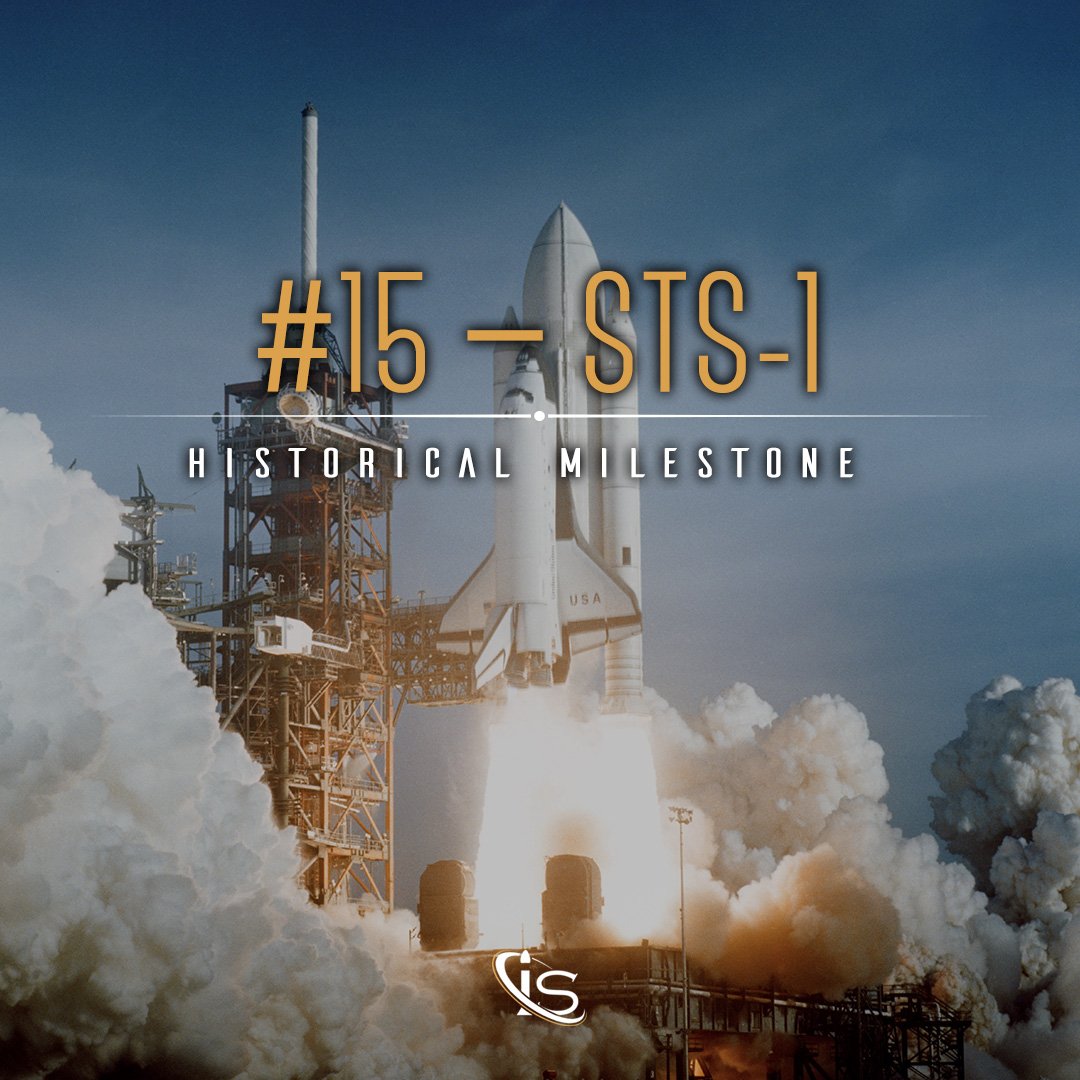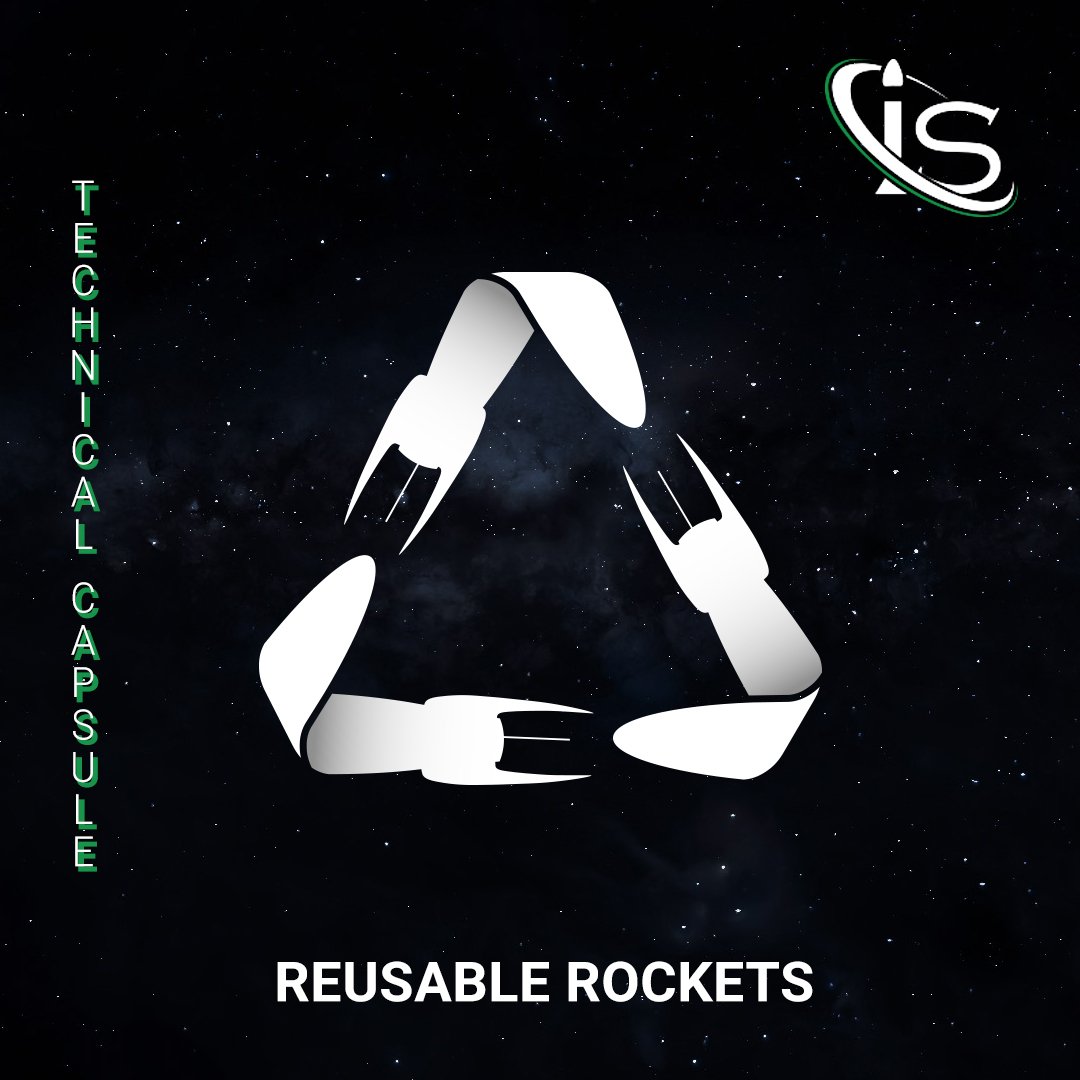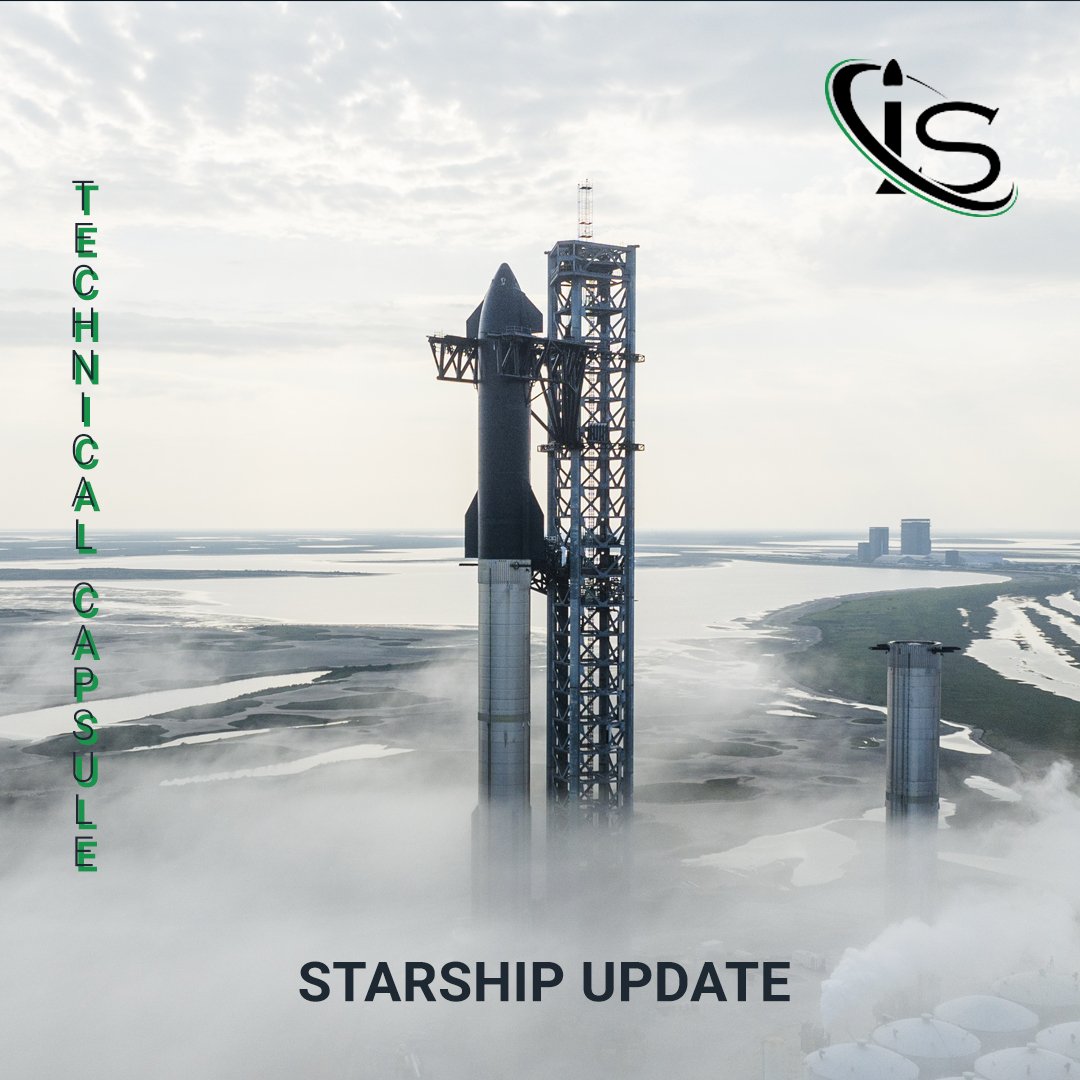Welcome to a new technical capsule where we compare two spacecrafts. With the recent privatization of the ISS, it seemed like the perfect time to delve into two of the shuttles that brought astronauts to the station. And as you can see from the title, they are the Space Shuttle and the Dragon. The first was operated by NASA, whereas the second has been under the hands of SpaceX. However, both served similar purposes, but in different eras of space travel. So, without further ado, let’s compare the shuttle that built the ISS to the one sending astronauts to it today.
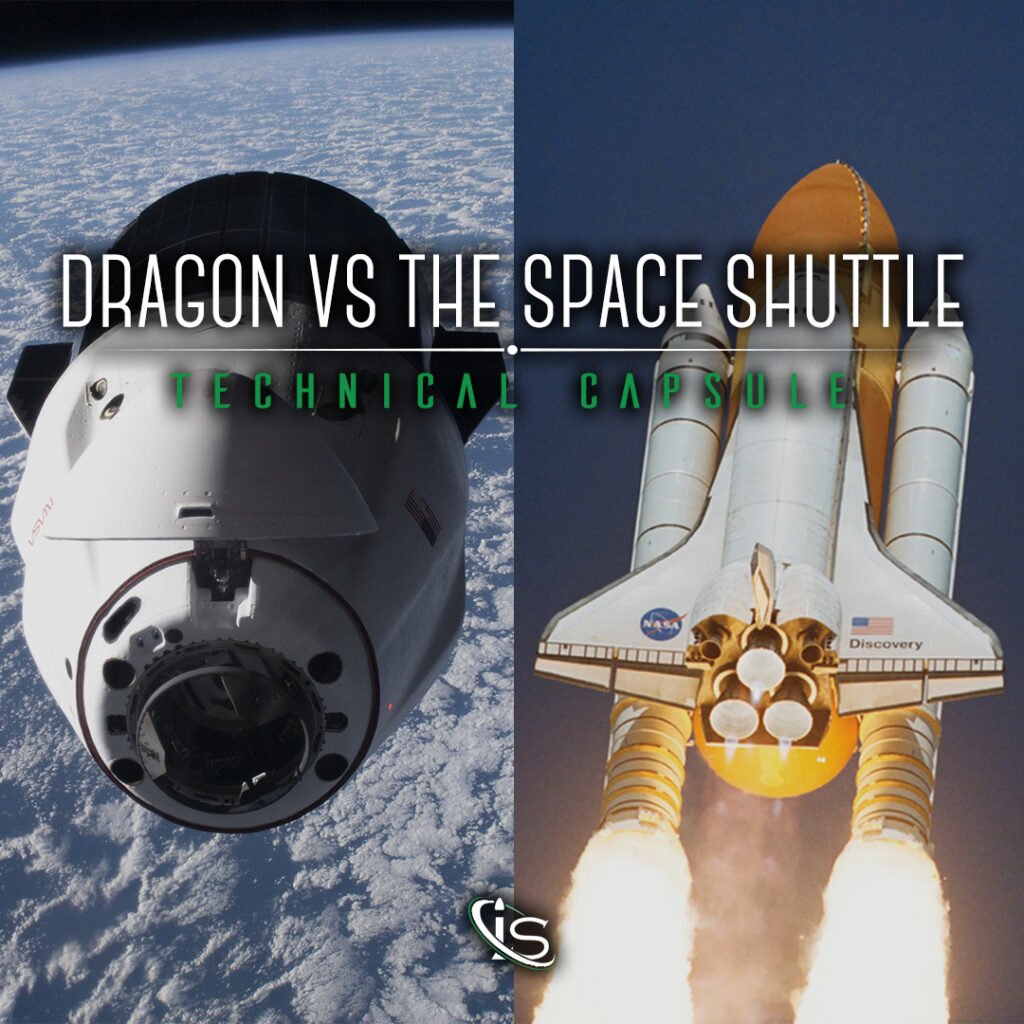
What Are They Made of?
The first aspect to discuss is the various components that make up these behemoths. Being tasked with sending crews of astronauts up to Earth’s orbit, they include more than what other rockets might.
Space Shuttle
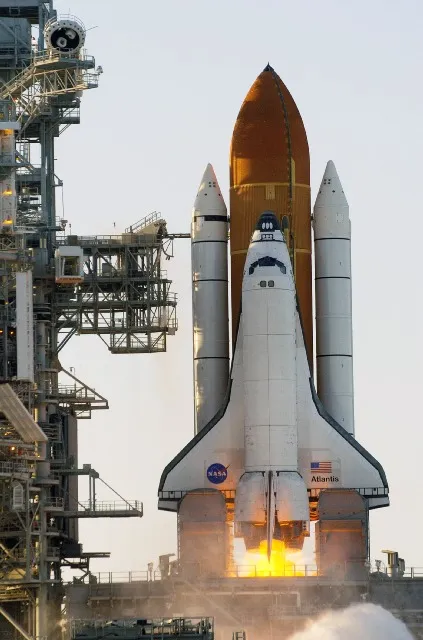
Starting off with the 1980’s NASA creation, the Space Shuttle was divided into 4 main components. These were: the Orbiter Vehicle, the External Tank (ET), the Space Shuttle Main Engines, and the Solid Rocket Boosters (SRB’s). One of the special traits included was the addition of wings to the Orbiter. The reason behind the inclusion of this feature was twofold: enabling re-entry into Earth and facilitating the delivery of heavyweight payloads. And yes, this made the Space Shuttle a partially reusable spacecraft — the very first one, in fact. Which is something that is being pursued more and more nowadays.
As for what each component did, most of them are self-explanatory. The External Tank hosted fuel, and the Main Engines and SRB’s were used to propel the Space Shuttle. As for the Orbiter, this was the section that hosted the mission’s payloads and cargo. It also provided an area for the crew to reside and operate in space.
Dragon
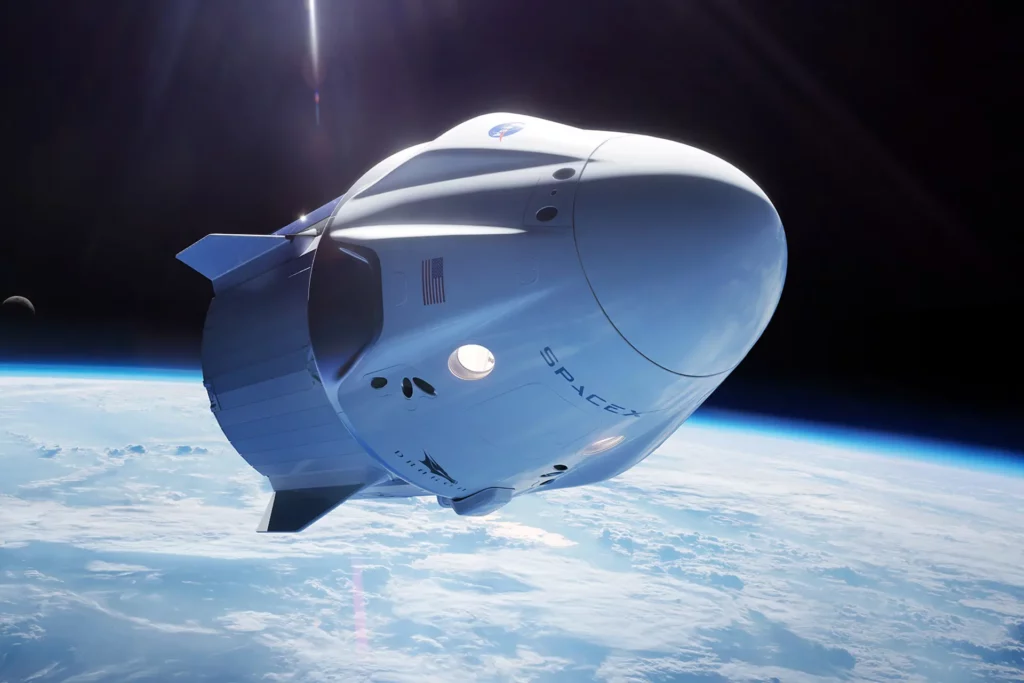
Switching gears to the modern counterpart, the Dragon can be similarly divided into 4 main components. However, these differ greatly from those of the Space Shuttle. They are: the Trunk, the Spacecraft, 16 Draco and 8 SuperDraco Thrusters, and the Dragon Parachute System. Before moving on, let’s briefly discuss what they do. The Trunk is used to support the Spacecraft during ascent, as well as host unpressurized cargo. It also has a side that is covered in solar panels to provide it with power for the flight and while on-station. The Spacecraft serves a similar function to the Space Shuttle’s Orbiter, with the crew residing here, as well as any sensitive cargo. The parachutes, on the other hand, are used to facilitate a safe splashdown when the Spacecraft is returning to Earth.
One of the main differences, however, becomes apparent with the engines. Whereas the Space Shuttle was designed in a way that it would be its own launch vehicle, the Dragon is a little different. The Draco Thrusters are used for orientation and attitude control, whereas the SuperDraco ones are used as a backup to quickly separate the Dragon from its launch vehicle in case of emergency. And it is this presence of a separate launch vehicle — in this case SpaceX’s own Falcon 9 — that marks a key difference between the two spacecrafts.
Some Numbers
After going over the various components, let’s take a look at some of the statistics behind them, such as size, thrust, payload carrying capacity, etc.
| Space Shuttle Orbiter | Dragon Spacecraft | |
| Length | 37.1 m (122 ft) | 4.4 m (14.4 ft) |
| Width/Wingspan | 23.8 m (78 ft) | 3.7 m (12 ft) |
| Carrying Capacity | Up to 29,000 kg | Up to 3,000 kg |
| Space Shuttle Orbiter | Dragon Trunk | |
| Length | 37.1 m (122 ft) | 2.8 m (9.2 ft) |
| Width/Wingspan | 23.8 m (78 ft) | 3.7 m (12 ft) |
| Carrying Capacity | Up to 29,000 kg | Up to 3,000 kg |
| Space Shuttle Main Engines | Space Shuttle SRB’s | Draco Thrusters | SuperDraco Thrusters | |
| Number of Engines | 2 | 2 | 16 | 8 |
| Thrust | 2.2 MN (492,000 Mlbf) | 14.7 MN (3.3 Mlbf) | 400 N (90 lbf) | 73 kN (16,400 lbf) |
How to Compare Dragon and the Space Shuttle
Before moving on, there is a bit of explaining to do. Due to the very different nature of these spacecrafts, with one being its own launch vehicle and the other operating post-launch, their engines in particular are not easily comparable. The ones for the Space Shuttle needed to be able to take it from the ground up into orbit. Meanwhile, the Dragon thrusters are used for attitude control and as a failsafe in case of emergency. That means the latter need to generate a lot less thrust than the former.
Furthermore, the actual payload-carrying vehicles, themselves, are very different. On the one hand, the Space Shuttle Orbiter was the only place that stored cargo, a distinct different from the Spacecraft and Trunk Dragon combination. On the other, Dragon is designed to have a lesser carrying capacity, with the Spacecraft being largely made up of the crew interior. This, combined with the fact that the methods adopted for rendering the Spacecraft reusable are much different to those used for the Orbiter makes comparing the two rather tricky.
Still, all that really means is that looking at the numbers is better suited to highlight their differences, rather than their similarities. After all, the fact that they have both taken astronauts up to the ISS is a major similarity that places them in a rather small group of spacecrafts.
The Past vs the Future
Before ending this spotlight on these two space juggernauts, there is one more topic I would like to touch on. That is, the nature in which missions to the ISS differ now compared to when the Space Shuttle reigned the skies. As some of you may already know, a significant change occurred during the ISS’s life. While it used to be that only government-sponsored missions could fly up to it, that has not been the case for some years. This, effectively, privatized the ISS — a movement that has been getting more and more traction in recent times.
In fact, it is not a stretch to say that, without this movement, Dragon might never have been designed. After all, SpaceX is at the forefront of privatizing space travel, making it almost a shoe-in to promote the same process for the ISS. And even though it was not the first private spacecraft to fly to the station, it is definitely one of the most influential.
But with that I leave you for the day. I sincerely hope you enjoyed learning more about these two vehicles. If you did, make sure to follow impulso on all our social media pages. And join us next time for another capsule. “See you” all then, right here, at impulso.space.

